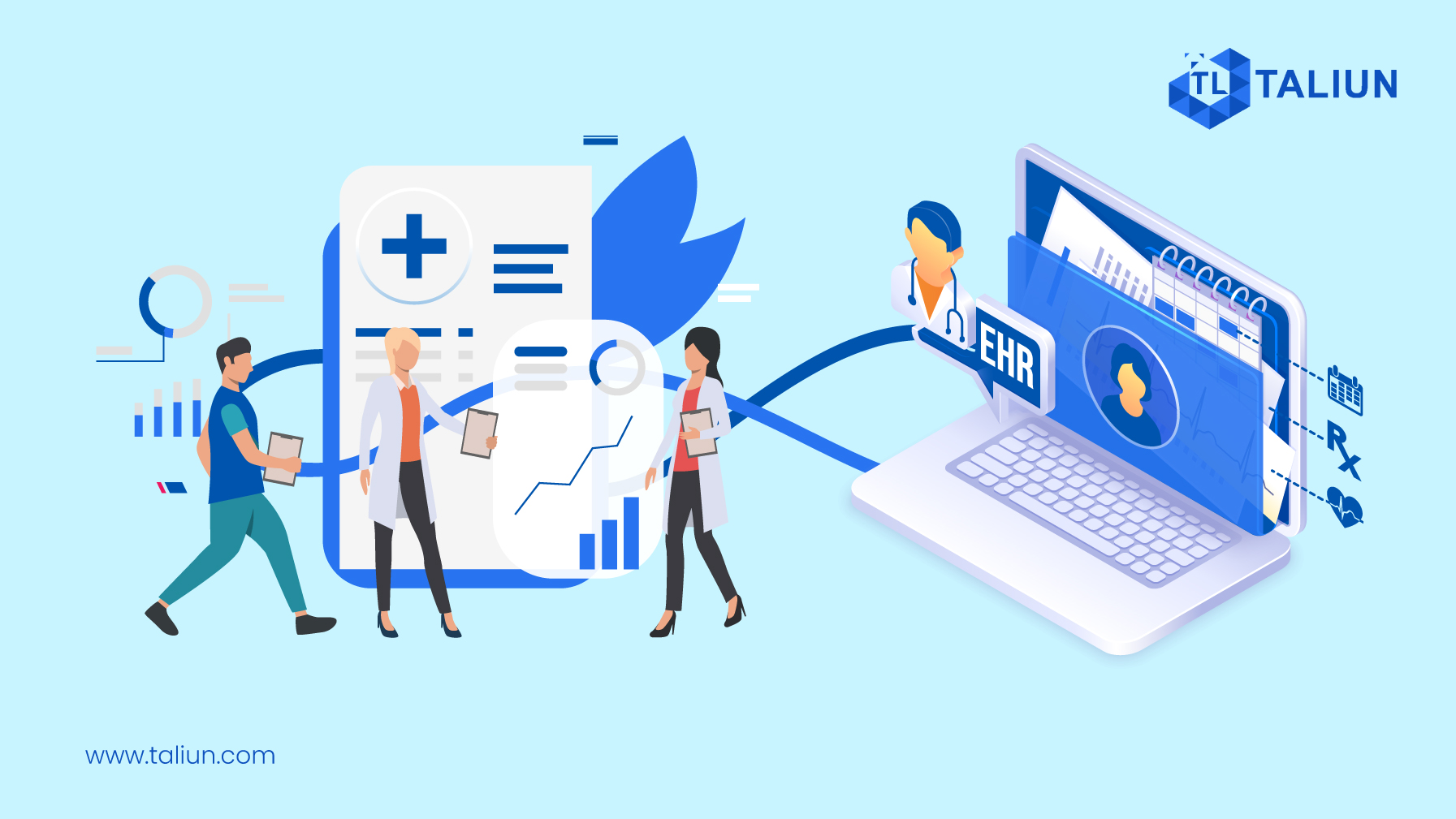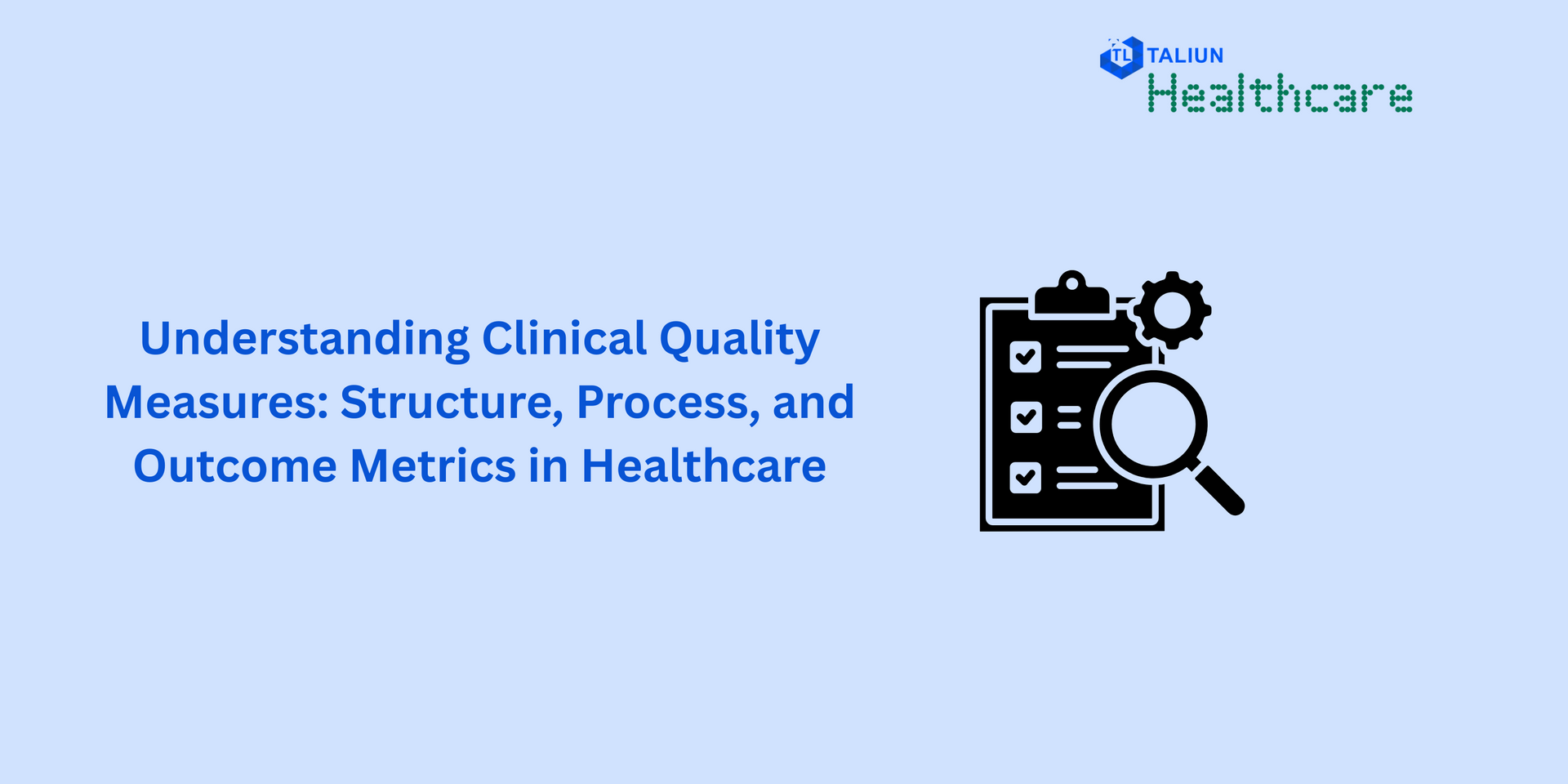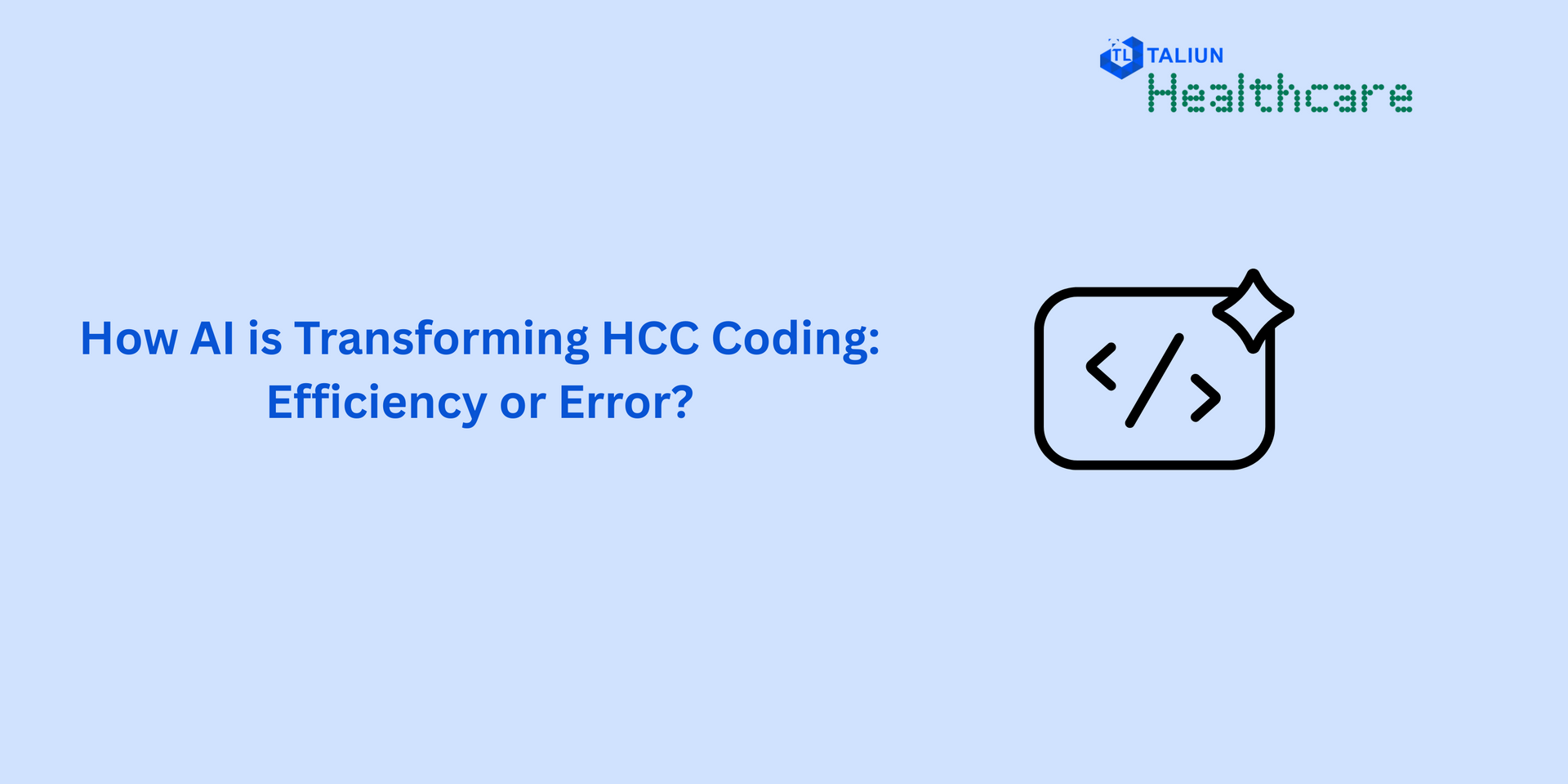The Benefits of Electronic Health Records for Hospitals

Electronic medical records are digital copies of a patient's medical charts that document clinical services rendered by a physician. The great majority of physicians and health organizations utilize electronic patient records today. The digital equivalents of paper patient charts offer numerous advantages for individualized, secure, and trustworthy medical care and treatment.
Benefits of EHR - Some of the notable benefits that EHRs provide include the following:
1. Longitudinal view of the patient
Healthcare providers aim to maintain comprehensive, patient-focused records that track the patient's medical history throughout their lifetime, regardless of their health status. This approach offers a complete view of the patient's overall health, leading to more effective diagnoses and treatment plans.
EHRs can serve as a central repository, combining patient data from several information systems into a single, person-centric health record, which can offer a thorough and comprehensive depiction of a patient’s medical history. Such a longitudinal record can be used to improve the provision of individualized clinical care and offer chances to better health outcomes at both the individual and population level.
Moreover, longitudinal data can be used to offer population-level indicators of health outcomes to help with disease surveillance, clinical research, and public health practice.
Via fewer medical errors, less redundant tests, and avoided expenditures, these extensive, longitudinal data are meant to significantly improve the quality and productivity of healthcare.
2. Accurate Patient Information
Sensitive data is safer when stored electronically, as it cannot be stolen, lost, damaged, or altered. Digital records prevent errors caused by illegible handwriting, ensuring a more accurate documenting of patient contacts. Integrated systems can flag potential danger signs, such as drug interactions.
Digital patient records may be accessible by anyone, anytime, anywhere, and are more reliable, consistent, and accurate than paper-based medical records.
3. Improved accessibility of patient information leading to better coordination of care
Quick access to patient records via EHRs makes it possible to treat patients more effectively. This improves the efficacy of the therapeutic process while also improving practice productivity. Patients can also use patient portals, which provide them with access to past medical data like lab and imaging results, prescriptions, diagnoses, and more. By exchanging instant messages and sharing notes, patients and doctors may communicate. Maintaining continuity in treatment is particularly beneficial, especially when a patient moves between providers or visits a new doctor, since it saves doctors from having to start from scratch by giving them a thorough understanding of the patient's medical history.
The ability to share information among disciplines, specializations, pharmacies, hospitals, and emergency response teams as well as having on-demand access to charts via mobile devices allows for better and quicker decisions to be made, especially in urgent situations.
4. Streamlined workflows eventually leading to improved staff productivity
EHR accelerates appointments and office visits without jeopardizing a patient-centered approach. EHRs provide built-in templates that clinicians use to capture patient visits.
These templates are routinely customized to match particular specializations or are customizable to fit a physician’s individual needs. Electronic prescribing has become the norm for most healthcare institutions and medical specialties.
This decreases the abuse and dependence rates of controlled substances, particularly opioids. Electronic prescriptions can be transmitted to the pharmacist from the point of care. In addition, the EHR can automatically screen for potential drug-to-drug and drug-to-allergy interactions depending on the patient's current medications and diagnosis.
Referrals and prescriptions may be transmitted rapidly, hence reducing wait times for appointments and pickups. Automated reminders can inform patients when it is time for annual exams or when they are approaching milestones that necessitate routine tests. With streamlined patient tracking, invoices and insurance claims may be sent promptly.
5. Leveraging the power of data
EHR give clinicians with health data analytics that aid in pattern recognition, diagnostic prediction, and treatment recommendation. Rather of depending on trial-and-error procedures, these analytics produce more successful overall patient outcomes the first time around.
Health data analytics enables increased personalization of care, enabling doctors to target preventable health conditions. In addition, data analytics may be able to alert doctors to bigger health trends, such as potential epidemics, by, for instance, providing information on the predominant flu strains during each flu season.
6. Practice efficiencies and increased revenue
EHRs enable clinicians to record every part of a patient's visit, making it simple to provide evidence for individual claims.
EHRs are equipped with payment and billing tools that facilitate the efficient management of claim filing, consequently boosting insurance claim acceptance and speeding payouts. Moreover, the government provides financial incentives to healthcare providers who implement EHR systems.
7. Increased patient engagement
Patient-facing electronic health record tools are now accessible, allowing patients to engage with their EHR and integrate external sources of health data such wearable activity trackers and personal genomics. Electronic Health Record software is an important tool for improving patient-provider communication.
EHR integrated patient portals allow patients to schedule their appointments online, along with automated confirmations and reminders that greatly reduces patient wait times in the office, providing a better experience overall. Another form of engagement includes the ability of EHRs to share pertinent information with patients that contributes to patients understanding their overall treatment journey that better their chances of complying with the recommendations made by their provider leading to better outcomes.
8. Improved data privacy and security
Protecting electronic health information is critical. EHR systems can ensure that a practice is HIPAA-compliant and that the patient health records are protected, which is one of their advantages. EHRs are now fully compliant with IDC9/10, CPT and other EHR standards, thereby offering the highest security.
9. Improved scalability
EHR software has the ability to accommodate larger patient bases as medical practices expand. It offers agility to organizations, enabling them to onboard new patients, physicians, and staff while increasing patient engagement efforts.
Electronic Health Records are unquestionably altering the availability and interpretation of patient history and clinical data. This has led to a better understanding of data, which has improved patient care and the healthcare system as a whole. Care providers can reduce the costs associated with paper billing and document storage.
Utilized to its maximum capacity, electronic health record keeping will enhance patient care. Healthcare providers will be able to devote more time to therapy rather than document tracking. As a result, healthcare providers will be able to discover patterns and communicate information in ways that were not previously feasible, resulting in faster, more effective treatments.




